10 Practical Steps To Reduce Scope 3 Emissions
GEP
Scope 3 emissions – which account for 70 – 80% of an organization’s emissions – are complex and multifaceted. They form the bulk of an organization’s environmental impact. It’s no surprise that enterprises still struggle to track and manage these emissions. '10 Practical Steps to Reduce Scope 3 Emissions' guides you through the essential phases of identifying, analyzing, and mitigating these emissions.











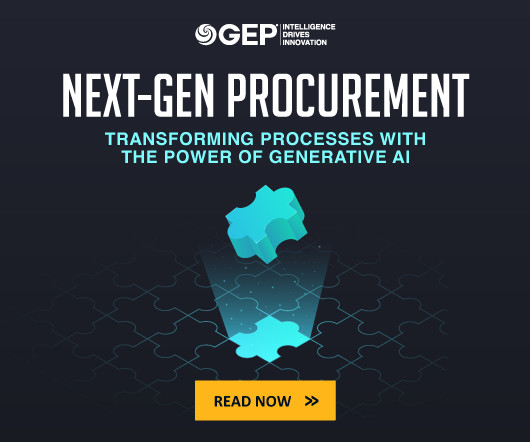
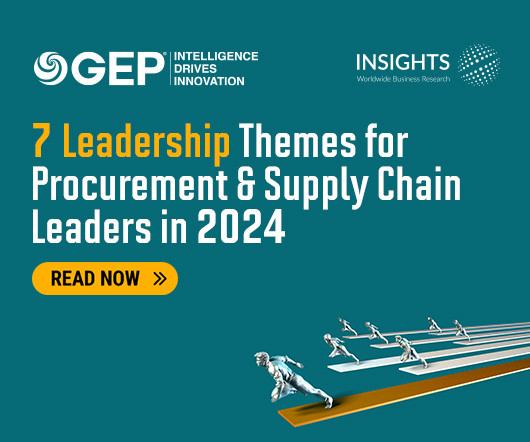
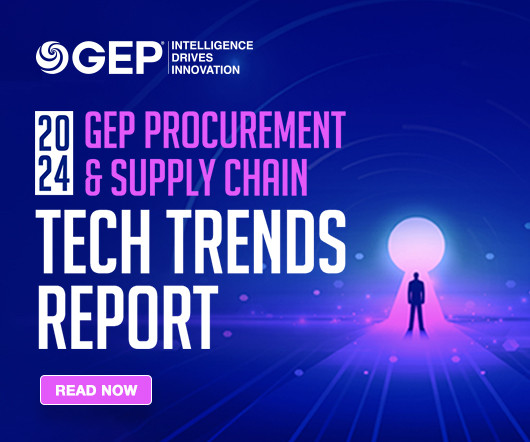
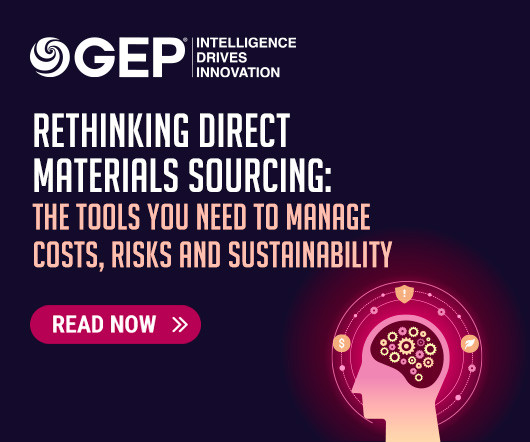
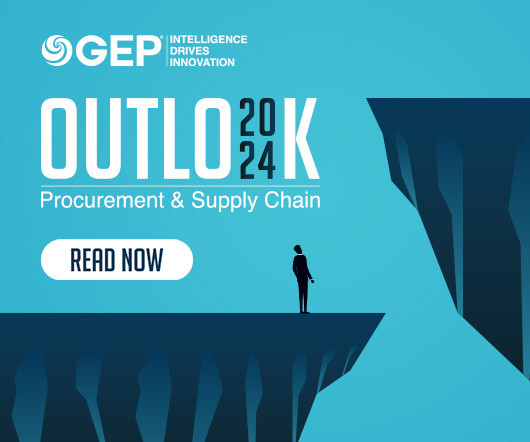
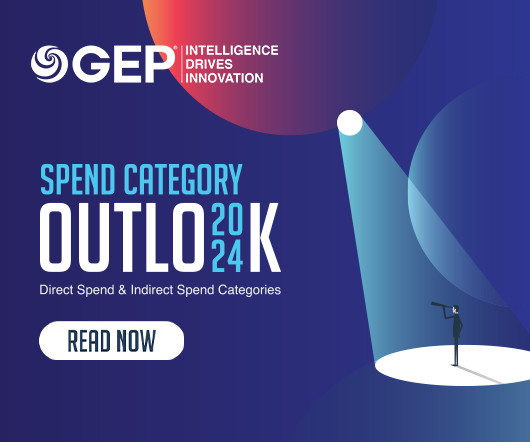
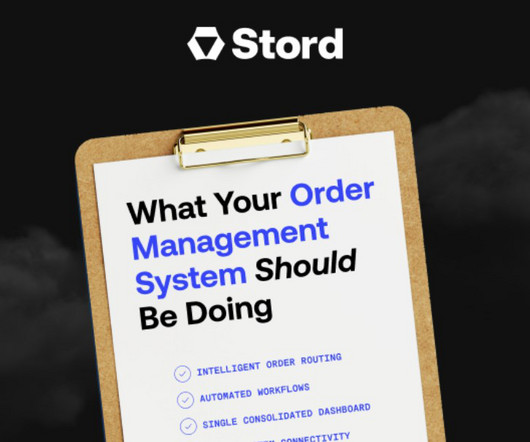
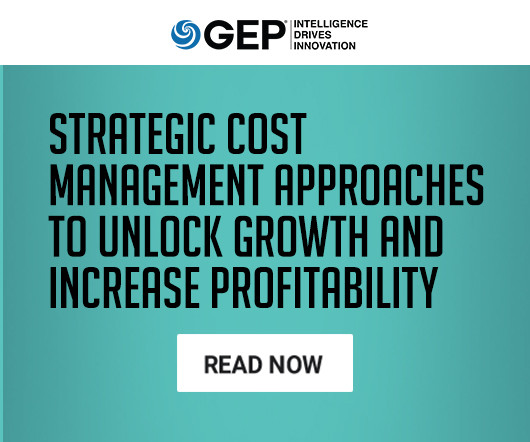

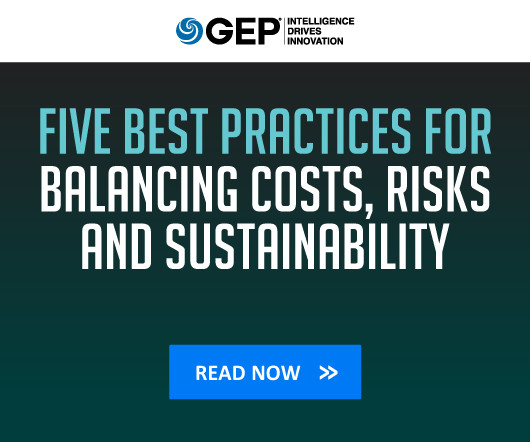
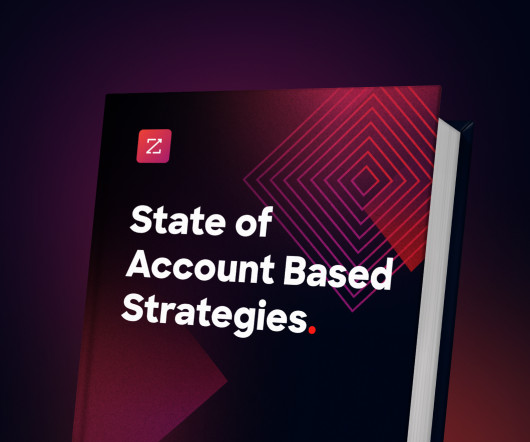
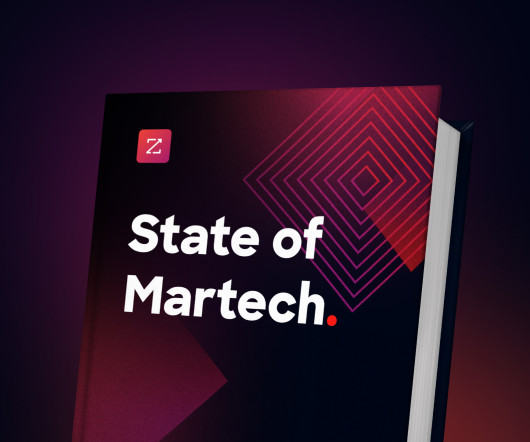

Let's personalize your content